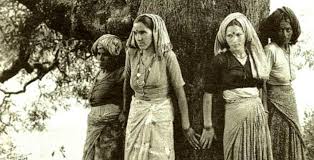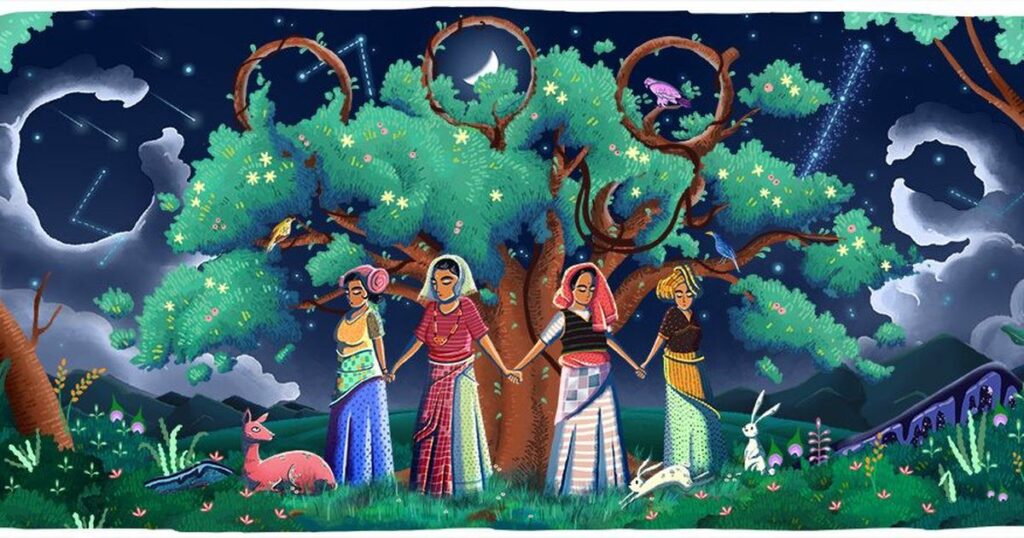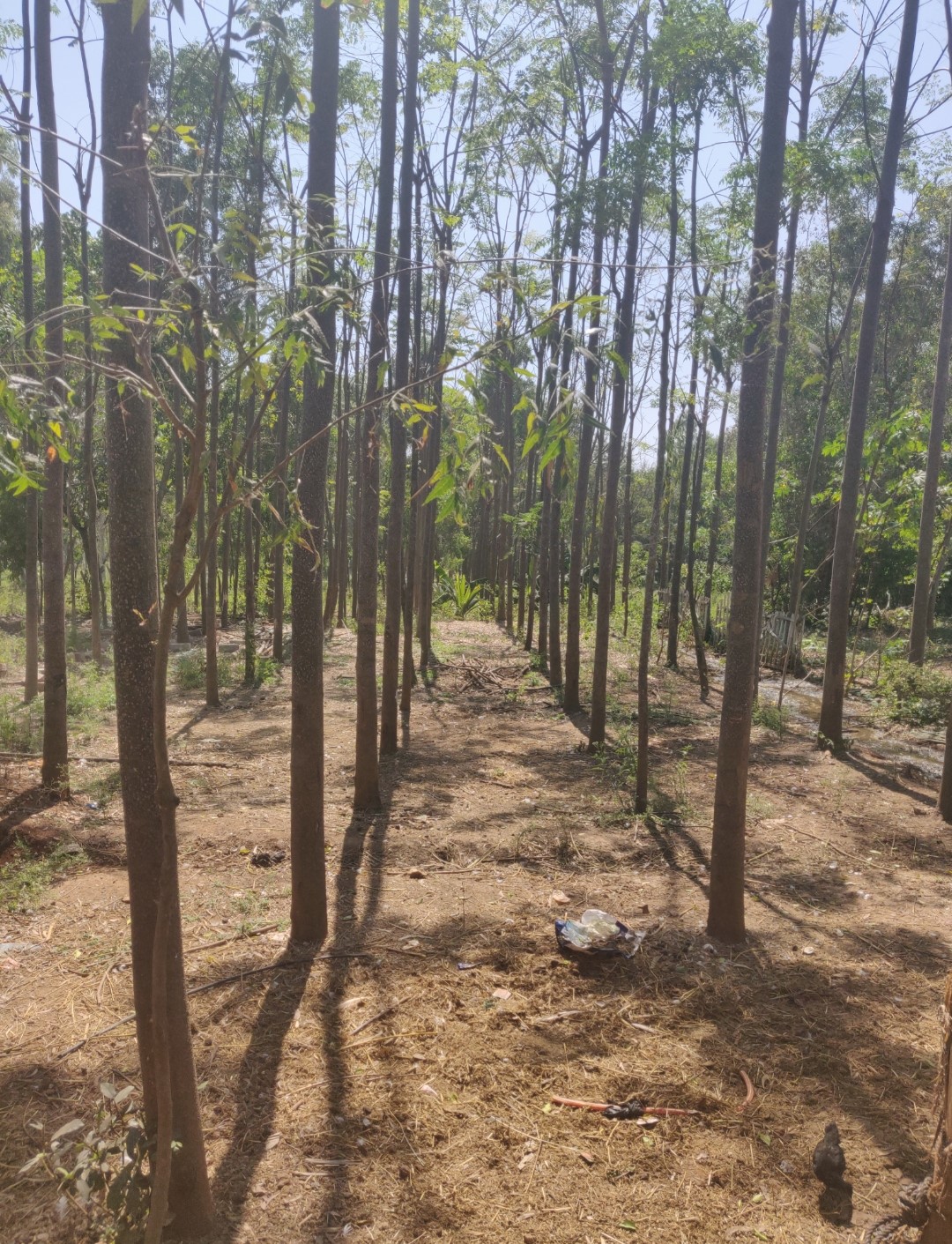In today’s age, environment conservation is a buzzword among the young generation and many are working to contribute to this movement. However, the foundation of conservation of nature was laid decades ago when the older generations were ready to sacrifice their lives to save the environment.

It is only after mankind is facing the wrath of nature, that awareness and steps to conserve it have become more serious. Looking back upon history, one such rebellion movement was the famous Chipko Movement of 1970 in India, whose root laid in the ill effects of cutting down an ample number of trees from the Himalayan foothills. This vegetation was exploited for manufacturing wooden products in the plains.
What is the Chipko Movement?
The Chipko Movement was the major turning point in the history of Indian eco-development struggles. Started in 1970 in Uttarakhand, the far-stretched impact of this movement brought a revolution in the way ecological conservation was being practised in the country, until that time.

In the Chipko Movement or Chipko Andolan, locals used to stand to hug (Chipko, in Hindi, means to hug/stick) the tress for hours at a stretch. This was done to save them from being unjustifiably cut down, leading to disruption of the ecological balance. The exploitation of local vegetation also adversely affected the lives of the locals, both economically and environmentally.
With its ideology based on Gandhi’s Satyagraha, this non-violent movement was observed with such dedication and vigour that it attracted the attention of the whole world. The movement cast a bright light on the industrialists’ vested interests, increased people’s social and ecological awareness, and educated our countrymen on the need for saving trees.
What caused the movement?
To begin with, the movement started by the local Garhwali residents’ dissatisfaction over the Forest Department rules. As per these rules, a huge number of trees were being sold out to contractors from the plains. These contractors usually brought their workers from their native places, thereby depriving the locals of work, taking away the possibilities of setting up local industries, harming the entire ecology through continuously clearing out forest land, and adding excessive human footfall pressure on these Himalayan villages.
The Women-power behind the movement!
A dazzling factor of the Chipko Movement was, women were the strongest force behind this movement. It had started with one village in Uttarakhand where a group of women protested against the lumbermen who came to cut down the trees while the village’s administrative body and the other men were away attending a similar concern in a nearby village.
These women stood hugging the trees for hours, unafraid against constant threats of killing by the lumbermen. The lumbermen finally gave up and returned with no wood. Word had spread like wildfire to the adjacent villages and this practice of hugging the trees was soon adopted by the entire region. Hence started a revolution – the Chipko Andolan!
Once the news reached the state’s Chief Minister, a committee was formed to look into the case. The final decision was drawn in favour of the villagers. Thousands of trees were saved from being felled and India rose in the wake of a new movement – the movement of protecting the environment.
Saluting the warriors!
Some of the mention-worthy names in the Chipko Movement are Chandi Prasad Bhatt – the founder of the movement, Gaura Devi, Suraksha Devi, Sudesha Devi, Bachni Devi, and Virushka Devi among other activists. They drove the movement with full responsibility until it achieved success.

The Himalayan women had played an exceptional role in the Chipko Andolan, and the country is still proud of their strength and vigour. The movement was recognised globally and was awarded the Right Livelihood Award “for its dedication to the conservation, restoration and ecologically-sound use of India’s natural resources.”
While the Government has enacted several environmental Acts today to conserve nature in various forms, the Chipko Andolan will be remembered as one of the strongest pillars of Indian environment conservation endeavours.

